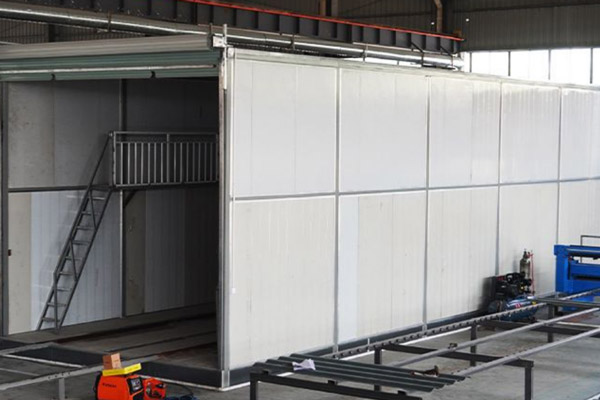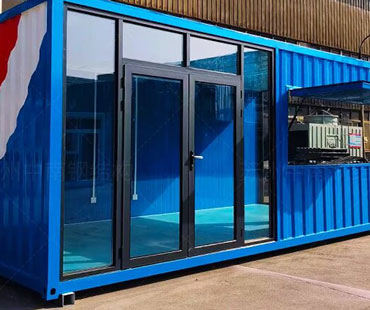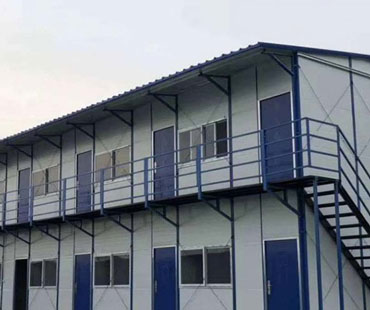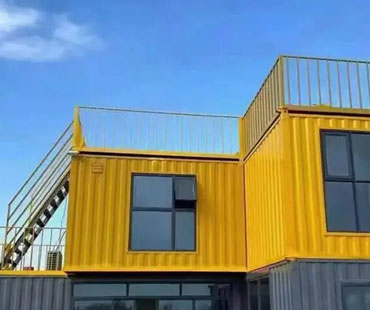In recent years, container architecture has emerged as a compelling solution to the challenges of urbanization, sustainability, and innovative design. Originally designed for the transportation of goods, shipping containers have found new life in the architecture and construction industries. Their unique properties and availability have led to a transformative approach to building design that is both innovative and environmentally friendly.
The use of shipping containers in architecture began gaining traction in the early 2000s, influenced by the need for affordable housing solutions and the desire to repurpose materials in sustainable ways. Architects and designers have embraced the modular and robust nature of containers, allowing for creative designs that can be adapted to various environments and uses. From residential homes to commercial spaces and even community centers, container architecture has proven to be versatile and practical.
Key Features of Container Architecture
1.Modularity: Shipping containers are designed to be stacked and arranged in various configurations. This modularity allows architects to create multi-story buildings and complex designs while maintaining structural integrity.
2.Cost-Effectiveness: Using repurposed containers can significantly reduce construction costs. The availability of surplus containers and the reduced need for traditional materials make this an attractive option for developers and homeowners alike.
3.Speed of Construction: Container buildings can be constructed rapidly, often in a matter of weeks. This efficiency is particularly beneficial in addressing urgent housing needs in disaster-stricken areas or rapidly growing urban centers.
4.Durability: Shipping containers are built to withstand harsh conditions at sea, making them highly durable and resistant to weathering, pests, and fire. This longevity contributes to the sustainability of container structures.
5.Sustainability: Utilizing shipping containers contributes to waste reduction by repurposing materials that would otherwise be discarded. Additionally, many container projects incorporate sustainable design principles, such as energy-efficient systems and green roofing.

Container architecture is not limited to simple residential projects. Its innovative applications span a wide range of sectors:
-Affordable Housing: Initiatives around the globe use containers to create low-cost housing solutions. For example, organizations like the Container Alliance and Habitat for Humanity have developed container homes to provide shelter for those in need.
-Pop-Up Shops and Cafes: The retail industry has embraced container architecture for pop-up shops and cafes, allowing businesses to set up temporary locations with minimal investment and maximum flexibility.
-Art and Community Spaces: Container architecture has been utilized to create community centers, galleries, and cultural hubs. These spaces foster community engagement and provide platforms for local artists and events.
-Disaster Relief: In response to natural disasters, container homes can be rapidly deployed to provide emergency housing. Their portability and durability make them ideal for temporary shelters in crisis situations.
As the world grapples with climate change and urbanization, the need for sustainable building practices has never been more critical. Container architecture aligns with sustainable development goals by promoting the efficient use of resources and minimizing environmental impact.
Many container architecture projects incorporate eco-friendly practices, such as:
-Solar Energy: Installing solar panels on container roofs not only provides renewable energy but also reduces reliance on fossil fuels.
-Green Roofs and Vertical Gardens: Integrating greenery into container designs can improve air quality, reduce urban heat, and enhance aesthetics.
-Rainwater Harvesting: Implementing systems to collect and reuse rainwater can contribute to sustainable water management in container buildings.
While container architecture offers numerous benefits, it is not without challenges. Issues such as insulation, structural modifications, and compliance with local building codes must be addressed to ensure safety and comfort. Additionally, public perception of container homes as temporary or inadequate housing must be shifted to recognize their potential as permanent dwellings.
Container architecture represents a significant innovation in building design, combining functionality with sustainability. As architects, developers, and communities continue to explore the possibilities of repurposed shipping containers, we can look forward to a future where these structures not only address immediate housing and commercial needs but also contribute to a more sustainable and resource-efficient world. By embracing the potential of container architecture, we can redefine how we think about construction, urban living, and environmental responsibility.


